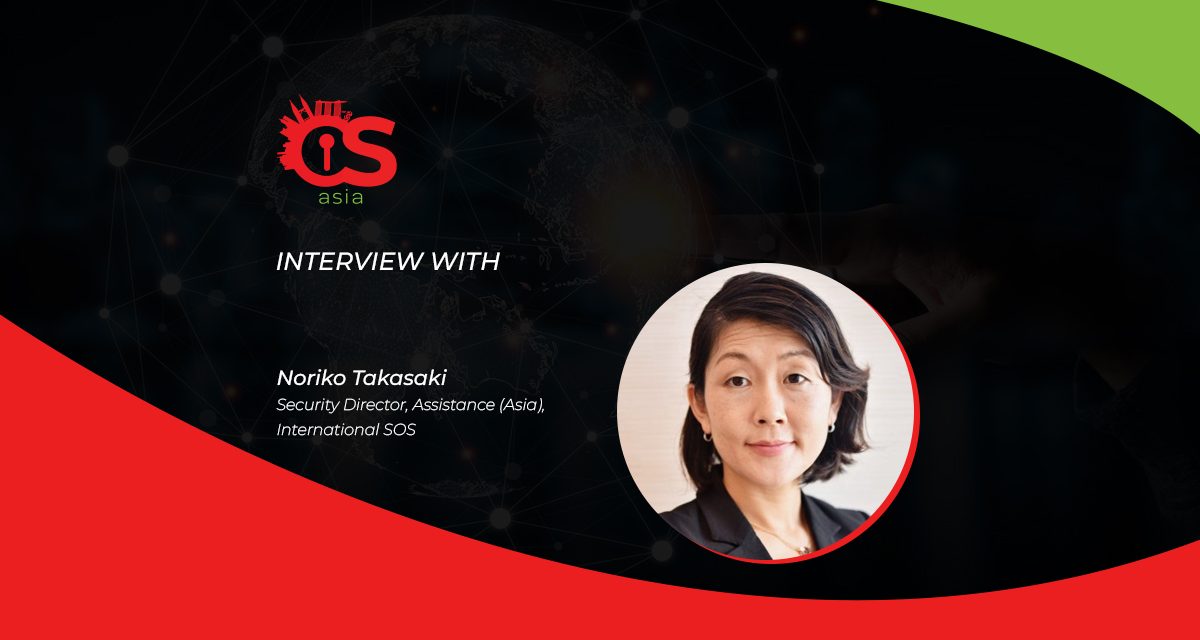Three years of overlapping global crises have led to “crisis fatigue” in many organizations. Do existing crisis management strategies need revamping?
The years 2020 – 2023 have been plagued by a series of global crises ranging from a pandemic to massive business and healthcare upheavals to high inflation to multiple wars with no end in sight.
Such a continual state of widespread overlapping volatility can lead to something called “crisis fatigue” within organizations and employees — for a broad range of personal and professional reasons. It can also result in rising operational costs, insurance premiums, global airfares and other cost pressures and budgetary constraints, making it tough for organizations to hire extra personnel to relieve affected personnel suffering from crisis fatigue.
When organizations are unprepared for multiple long-term crises, their business continuity and internal staff morale can be affected to the point of a crisis in itself.
CybersecAsia.net had a chance to interview someone familiar with crisis management to find out more: Noriko Takasaki, Security Director, Assistance (Asia), International SOS.
How should organizations boost readiness for handling crises ranging from isolated internal challenges to multiple worldwide crises?
Noriko Takasaki (NK): The frequency of major crises today demands robust predictive analysis and risk assessments to understand what, when, and where organizations could be impacted by a crisis.
All organizations should already have crisis management plans in place, but by improving their vigilance through frequent predictive analytics and risk assessments, they will be able to proactively plan for and rapidly respond to shocks and disruptions of various levels of severity.

Compare this to a reactive approach where organizations are less well-versed and ready for unrehearsed scenarios: staff will be under undue pressure to respond to and improvise on limited emergency plans that may not keep up with the scenario at hand. This kind of prolonged duress may deepen the crisis fatigue for organizations heads and their employees.
Does today’s crisis overload necessitate adjustments to existing crisis management strategies?
NK: The frequency and intensity of crises today is a key driver of effective crisis management strategies — with the possibility that new forms of crisis may emerge in future.
For example, the rise in AI-generated content may result in decision makers falling prey to instances of misinformation and disinformation, while generative AI is also expected to increase cyber risks in 2024.
Ensuring that any existing or new crisis management strategy is adjusted to fit the current trends would be called for, including re-evaluating the structure and processes. Having the proper revamps can ensure better management of potential crisis fatigue at all levels.
Also, an up-to-date crisis management strategy helps organizations to learn from past crises to be better prepared for future crises, through the use of tactical intelligence to improve analysis, proactiveness and planning.
So, proactivity is key. What other adjustments are called for?
Are Asian organizations adjusting well to the new crisis overload?
NK: International SOS has seen an increase in requests for crisis management support from clients in Asia to increase preparedness for contingencies.
Some of the support sought includes reviews of their crisis management plans and table-top exercises. This is a crucial step toward a proactive approach to crisis readiness and management strategies. The increase in consultation is a reflection of Asian firms’ awareness and understanding of the ongoing crisis landscape.

















